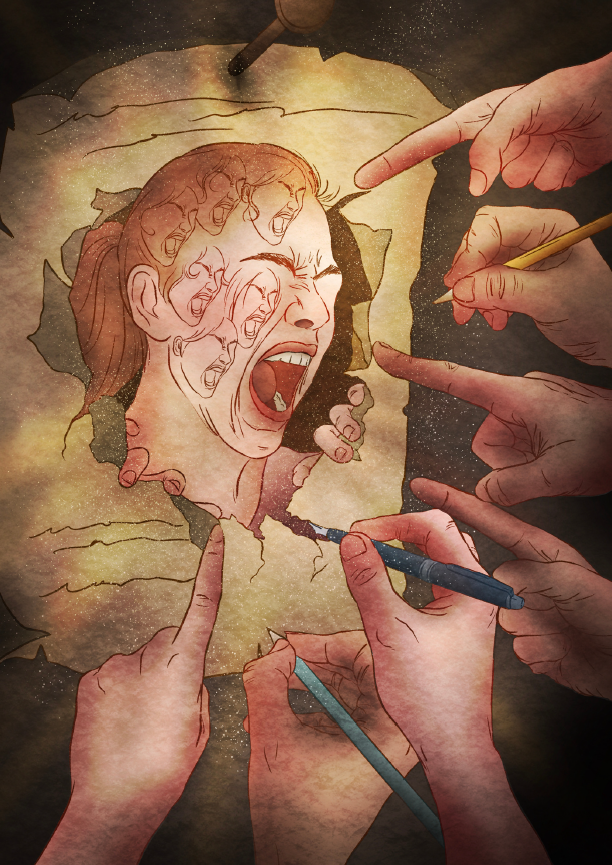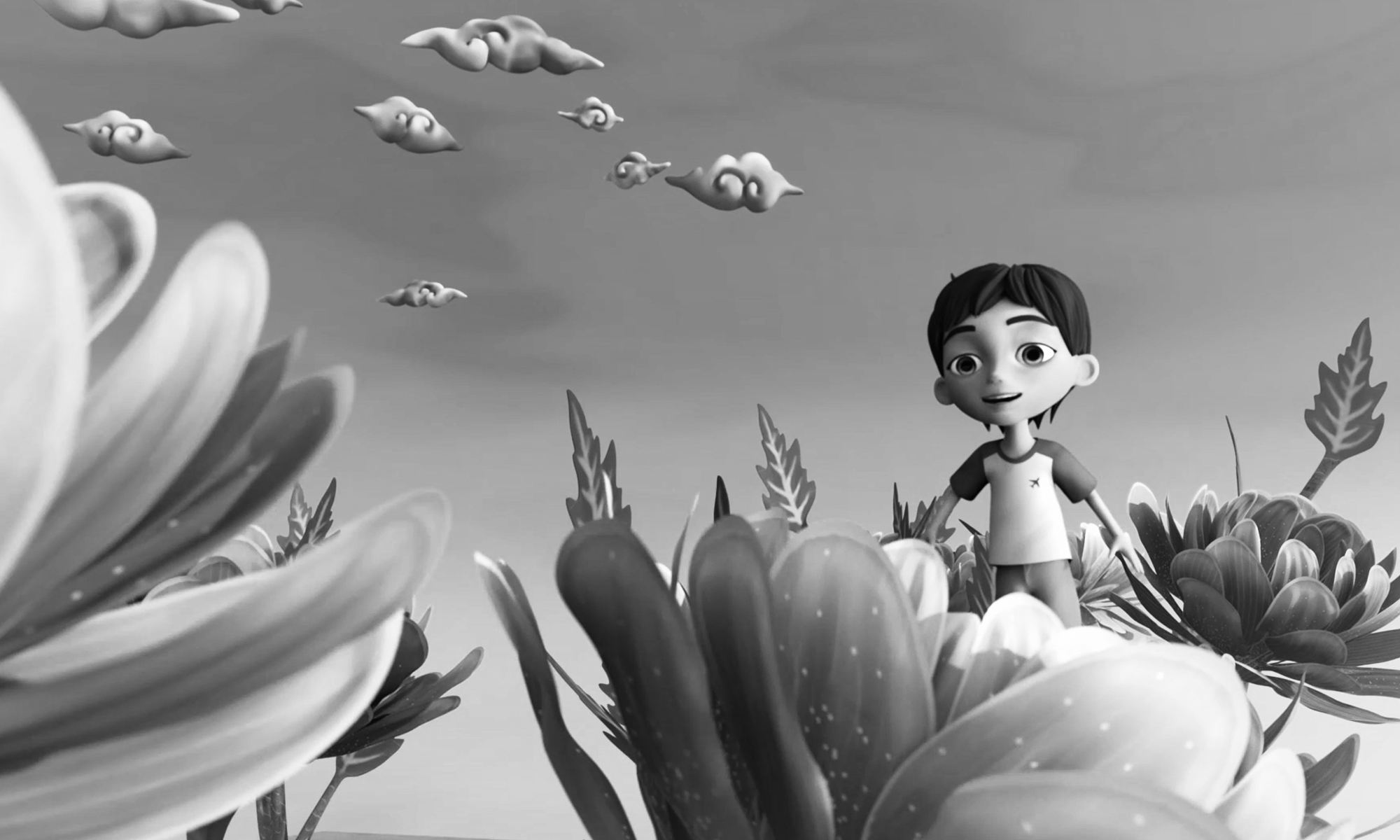One of the courses in VCD UPH is Visual Communication Design Studio 2. On this occasion, we would like to discuss the work of Fidelia Cheryl Antoni from this course, which we find interesting.
The illustration is a form of attempt to visualize one of the socio-psychological contemporary issues, namely victim blaming towards women. From the psychological perspective, the phrase “victim blaming” itself may be properly defined as “a social psychological phenomenon in which individuals or groups attempt to cope with the bad things that have happened to others by assigning blame to the victim of the trauma or tragedy” (APA 2018). This phenomenon allows the one who psychologically blames to keep a distance from the victim.
Such psychological distancing provides a justification for the blamer’s inaction, as if he or she was an impartial witness. Simultaneously, such pseudo position fortifies the blamer against the feelings of vulnerability. The act of blaming itself is usually directed towards the considerably weaker social group, in this case: women. Women, who specifically, live under the inclining oppressive social system of patriarchy. Patriarchy itself is a social system which enforces a gender binary that empowers men. A social system which preserves the dynamics of society to always move centripetally towards men as its center.
Fidelia’s illustration is virtually her artistic attempt to capture then portray her concerns regarding the victim blaming phenomenon which grows out of patriarchal social system. The term “portray” refers to the Aristotelian sense of representation which is part of his philosophical account regarding art. Aristotle (384-322 BC), as submitted by Braembussche, contended that an artist portrays reality or nature as it ought to be, rather than as it is (Braembussche 2009, 17). This philosophical view holds that art is the portrayal of what is conceivable. It allows for a very “unrealistic” artistic creations to emerge. In order to do this, Fidelia chose to incorporate metaphor and hyperbole as a strategy to portray the victim blaming issue through visual illustration. Illustration is opted as a visual communication medium considering its ability to convey complex social issues in an engaging and impactful manner, making the message more apprehendable and resonant with a wider audience. Artistically, the visual affluence is enhanced by sprinkling gold-like, bright, and shiny colors. Such decision was made in order to build a more powerful yet optimistic mood. This goal is also inevitably supported by employing center lighting to isolate and emphasize focal points. Objects such as tilted hourglass, teared up paper, and megaphone are treated as visual symbols to signify the reinforcement of women’s empowerment and the fight against victim blaming narrative.



Sources of Reference
APA. “Blaming the Victim.” APA Dictionary of Psychology. April 19, 2018. https://dictionary.apa.org/blaming-the-victim
Braembussche, Antoon Van den. Thinking Art: An Introduction to Philosophy of Art. Berlin: Springer Science + Business Media B.V., 2009.

